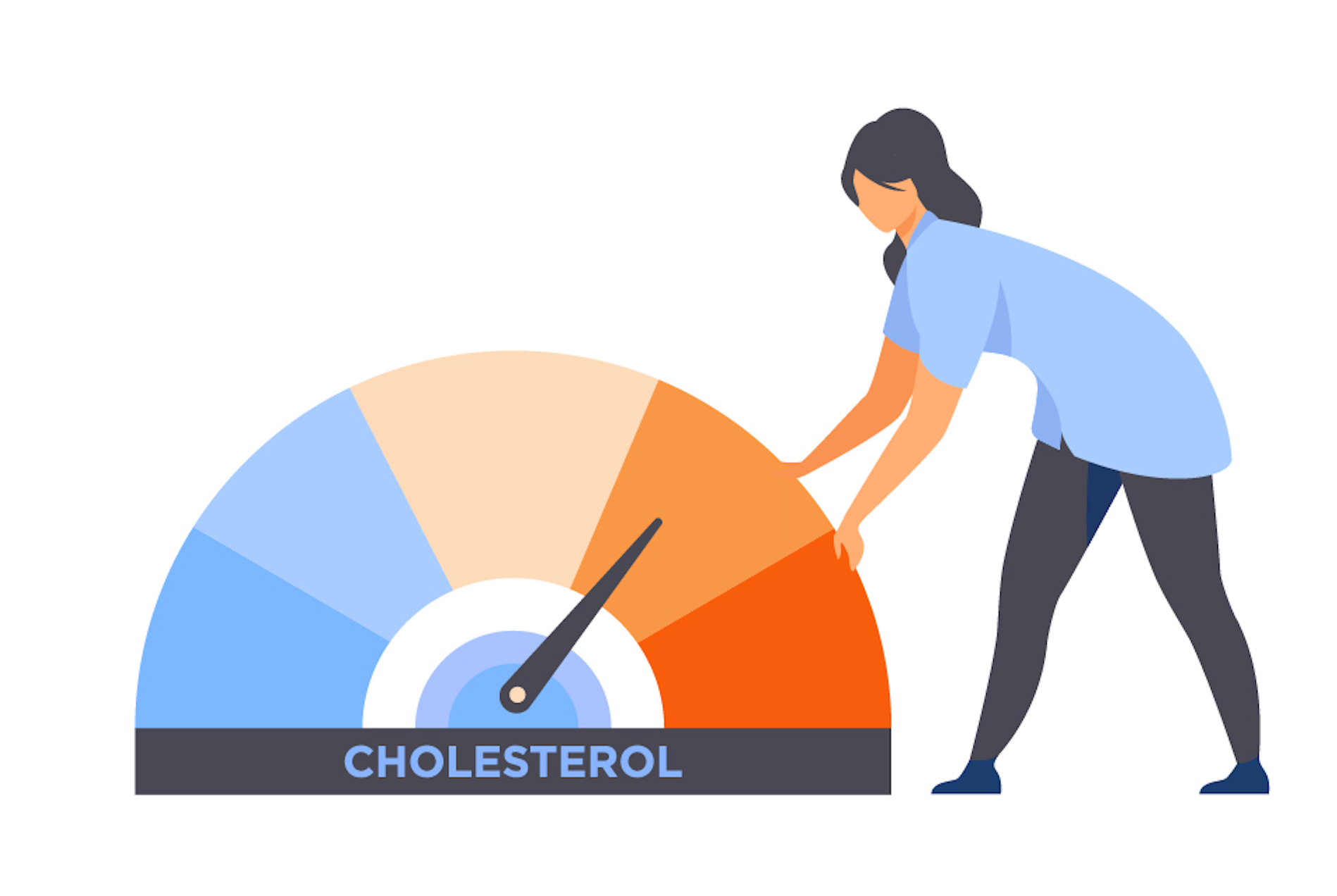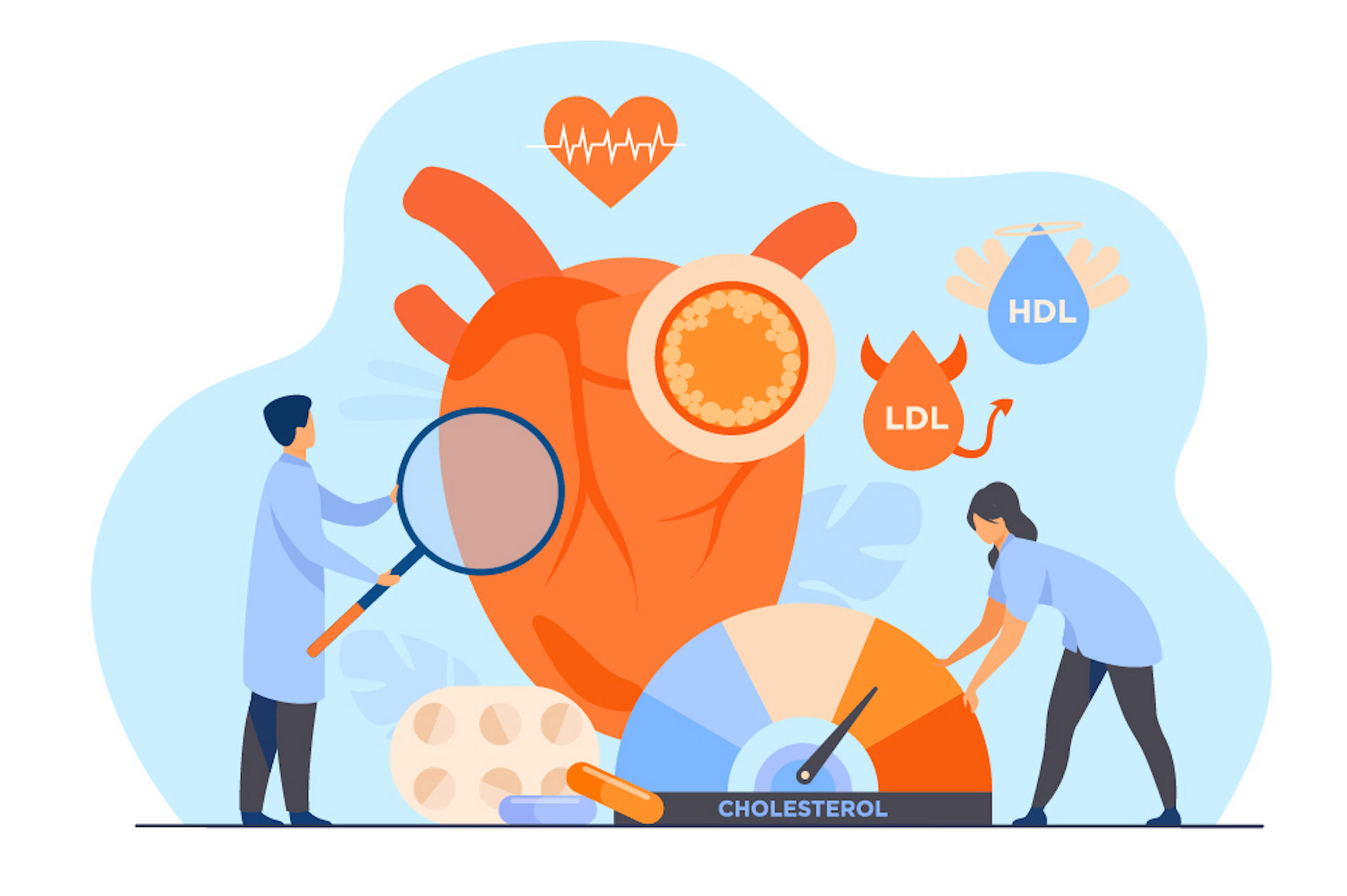Are you at risk of Low HDL Cholesterol?
Exploring the Impact: How Developing Low HDL Cholesterol Contributes to the Onset of Metabolic Syndrome
Are you familiar with the term HDL Cholesterol?
HDL, or high-density lipoprotein cholesterol, is often referred to as the "good" cholesterol. Its primary function is to absorb cholesterol present in the bloodstream and transport it back to the liver.
Once at the liver, this cholesterol is effectively removed from the body, showcasing the crucial role HDL plays in maintaining a healthy cholesterol balance.

How to check your cholesterol levels
As a not-for-profit organisation dedicated to providing free assessments for metabolic syndrome, it's imperative for us to evaluate your cholesterol levels. This is because cholesterol is a significant factor within the cluster of conditions that can lead to metabolic syndrome.
The comprehensive blood test will measure the following:
- Total cholesterol
- HDL (good) cholesterol
- LDL (bad) cholesterol
- Triglycerides, another crucial fat in the bloodstream.
We recommend that individuals get their cholesterol levels checked every 5 years, starting at age 45. However, if you are of Aboriginal and Torres Strait Islander descent, it's advisable to start these check-ups from age 30.
For those with a family history of elevated cholesterol, who maybe increase risk, we urge you to book in for a Free assessment. Early intervention can be a proactive step to prevent the onset of metabolic syndrome.
Note: high cholesterol may not manifest with noticeable symptoms!

The danger of consistently high cholesterol levels
The liver functions as the primary hub for both cholesterol and dietary fat processing. When animal fats are consumed, the liver facilitates the movement of these fats and cholesterol through your bloodstream by packaging them into lipoproteins.
However, when there's an excess of cholesterol circulating in the form of LDL (low-density lipoproteins) in the bloodstream, it can result in the accumulation of fatty deposits within the arteries.
This accumulation narrows the arteries, and in time, these can become obstructed. Such obstructions significantly heighten the risk of conditions like heart disease and stroke.
Contact Us
If you would like to get in touch with our team, please do not hesitate to contact us on the form below.
Treatment
Email Us
Postal Address
641 Glen Huntly Rd
Caulfield VIC 3162
In-Clinic Assessment
Join us in-clinic for a detailed assessment with our nurse practitioners. They can discuss any metabolic health issues that may pertain to you.
Schedule your free screening session today to meet with our specialised health team.
Telehealth Assessment
For those unable to make it in person, or for those who live in rural and remote, including Aboriginal and Torres Strait Islander peoples, we provide free Telehealth assessments for your convenience.
This approach aims to prioritise your health needs without the hassle of travel.


